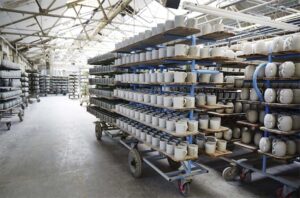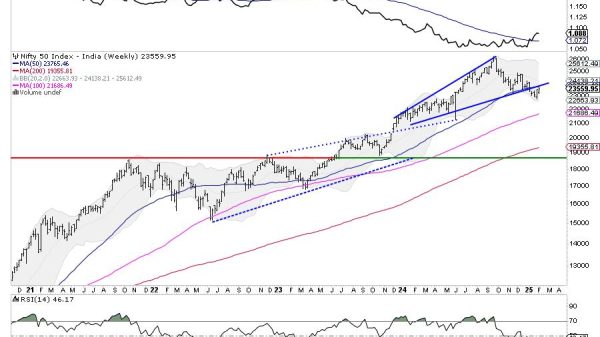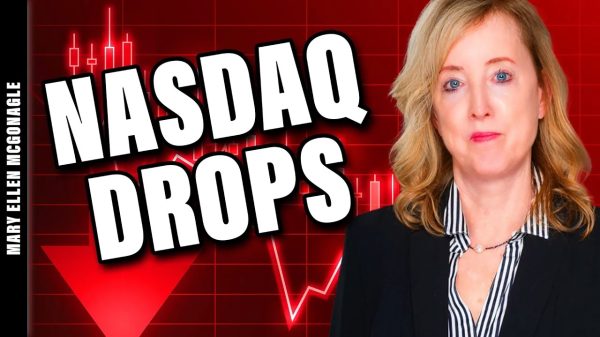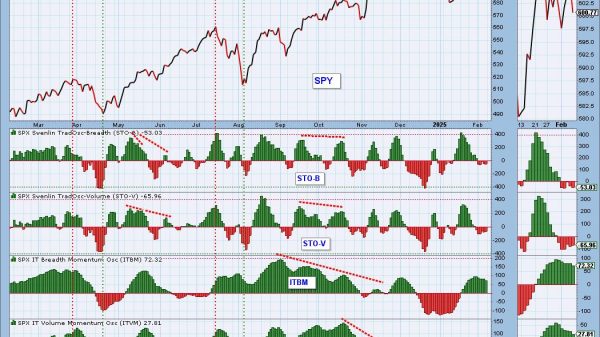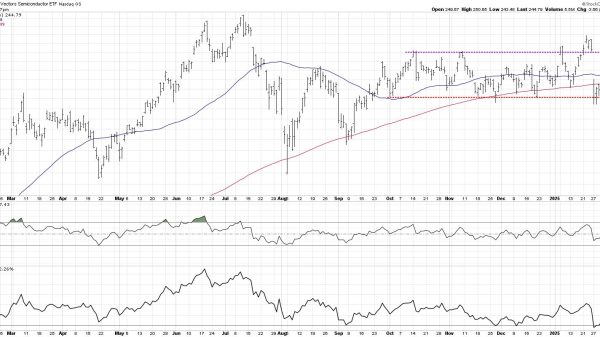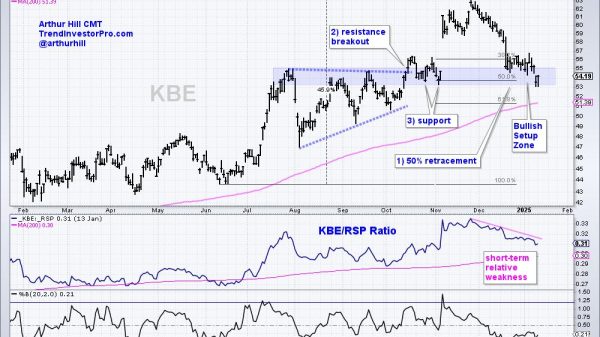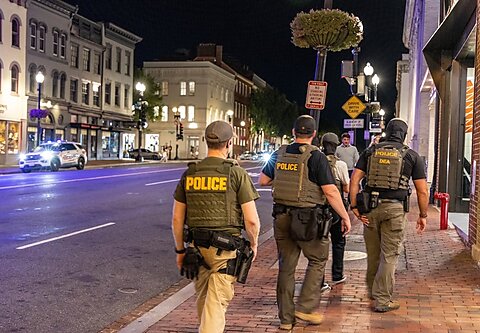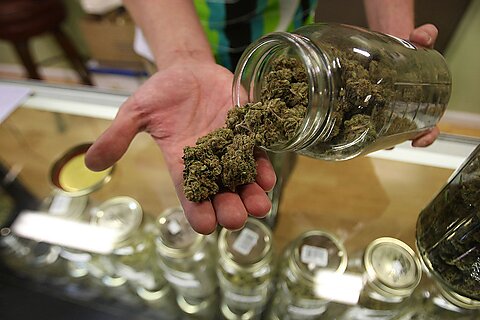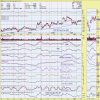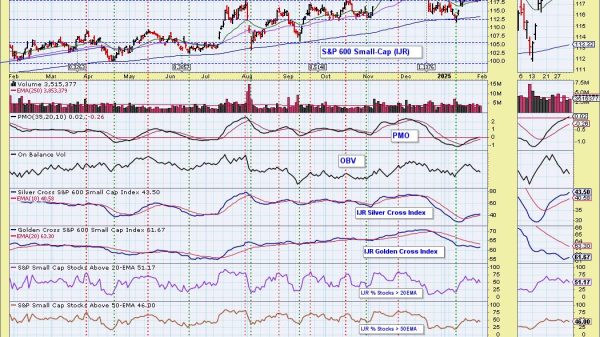Chris Edwards and Yasmeen Kallash-Kyler
Is it in Louisiana, New York, Illinois, or elsewhere? Let’s explore US Department of Justice (DOJ) data on public corruption convictions in the nation’s 94 federal judicial districts. DOJ convictions are one measure of corruption levels, although an imperfect measure as discussed below.
The table ranks the districts by the annual average number of convictions per 100,000 population over the 2004–2023 period. Judicial districts are states or sub-state areas. For the latter, we’ve put the largest city in brackets. The DOJ data combines Guam and the Northern Mariana Islands.
These are convictions of federal, state, and local elected and career officials and their private-sector accomplices, generally for bribery, theft of public property, and related crimes. About half of the convictions of government employees are federal, and half are state and local. The cases are prosecuted mainly by US Attorneys but also by the Public Integrity Section of the DOJ.
The data show that some of the most corrupt places by this measure match their reputations. DC tops the rankings. It has a huge number of legislative and executive branch federal employees, and there are many opportunities for graft. New Orleans has long been infamous for state and local corruption.
Other top-ranked jurisdictions are a surprise, such as the Virgin Islands and Montana. Googling provides some answers. Apparently, the Virgin Islands has long had corruption problems. So has its Caribbean neighbor, Puerto Rico, which receives a lot of federal grant money that gets illegally pocketed.
What about Montana? News stories suggest there are numerous Indian reservations in the state that suffer from governance failures. Many tribal officials have been caught pilfering federal aid monies. Tribal mismanagement may also be one reason why South Dakota and Eastern Oklahoma are near the top of the conviction rankings.
Generally, larger governments with more spending and regulations create more opportunities for bribery and embezzlement. But academic studies have pointed to numerous other reasons for corruption differences between US states and cities, including varying cultures, education levels, and poverty rates.
We calculated conviction rates separately for 2004–2013 and 2014–2023, and there was a high correlation between the results for the two periods (correlation coefficient = 0.88). Thus, for example, New Orleans and Lexington ranked near the top in both periods, while New Hampshire and Utah were near the bottom. The relative rankings have remained fairly stable over time. But it is also true that corruption convictions have fallen in most places over the past two decades.
The DOJ conviction data has been used in many studies, but as a measure of corruption, it has shortcomings. One issue is that the data only includes federal convictions for federal crimes and not state convictions for state crimes. That said, analysts think that roughly 80 percent to 90 percent of all corruption convictions (of federal, state, and local officials) are brought by federal prosecutors. State prosecutors appear to stand back and let the Feds take the lead on public corruption.
Another issue is that prosecutorial effort may vary between districts. US Attorneys have discretion in their use of resources and may emphasize different types of crime. For example, Montana’s federal prosecutors have put substantial resources into cracking down on corruption in tribal governments with the Guardians Project, which has netted more than 120 felony convictions.
What is the purpose of looking at regional variations in public corruption? Residents of high-corruption areas should be aware that their leaders are failing them and that there may be governance lessons to learn from other jurisdictions. After all, conviction rates vary hugely across the 94 districts. For example, the 10th highest-ranked district (Memphis) has a conviction rate 10 times higher than the lowest-ranked districts. If that difference reflects underlying levels of corruption, then Memphis has a lot to learn from other places with cleaner governments.
Most places in America could learn a lot from New Hampshire. It has the lowest public corruption in the nation, according to this conviction metric. And—perhaps not coincidentally—it is the freest state in the nation with one of the smallest governments.



